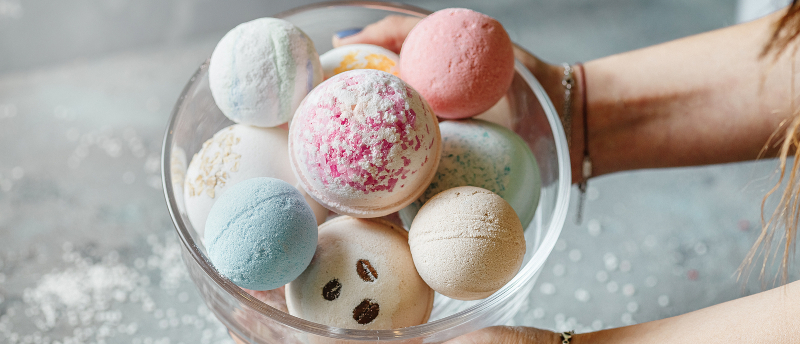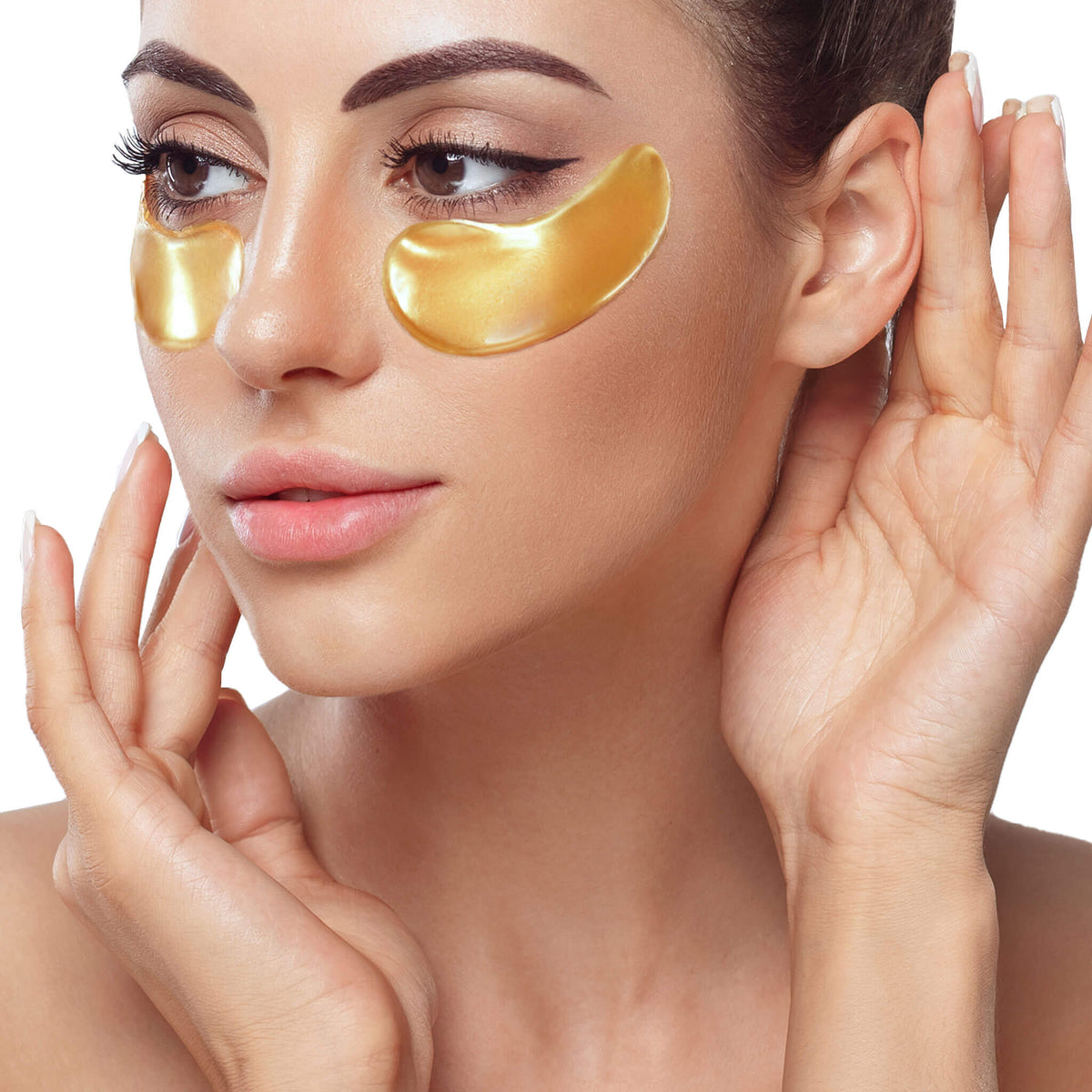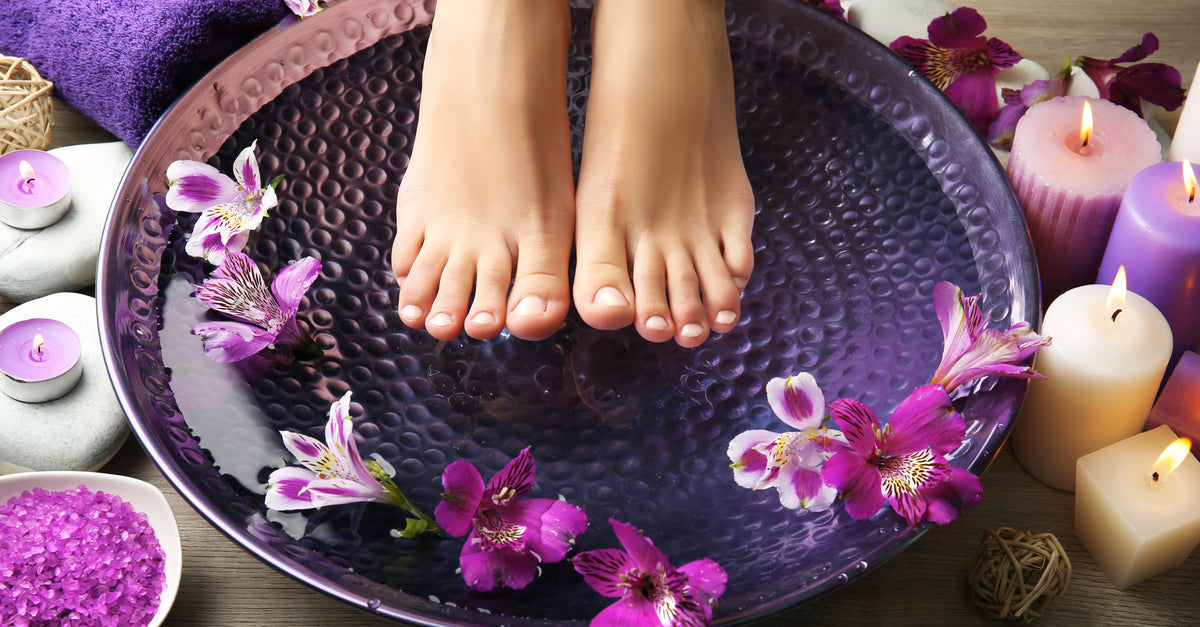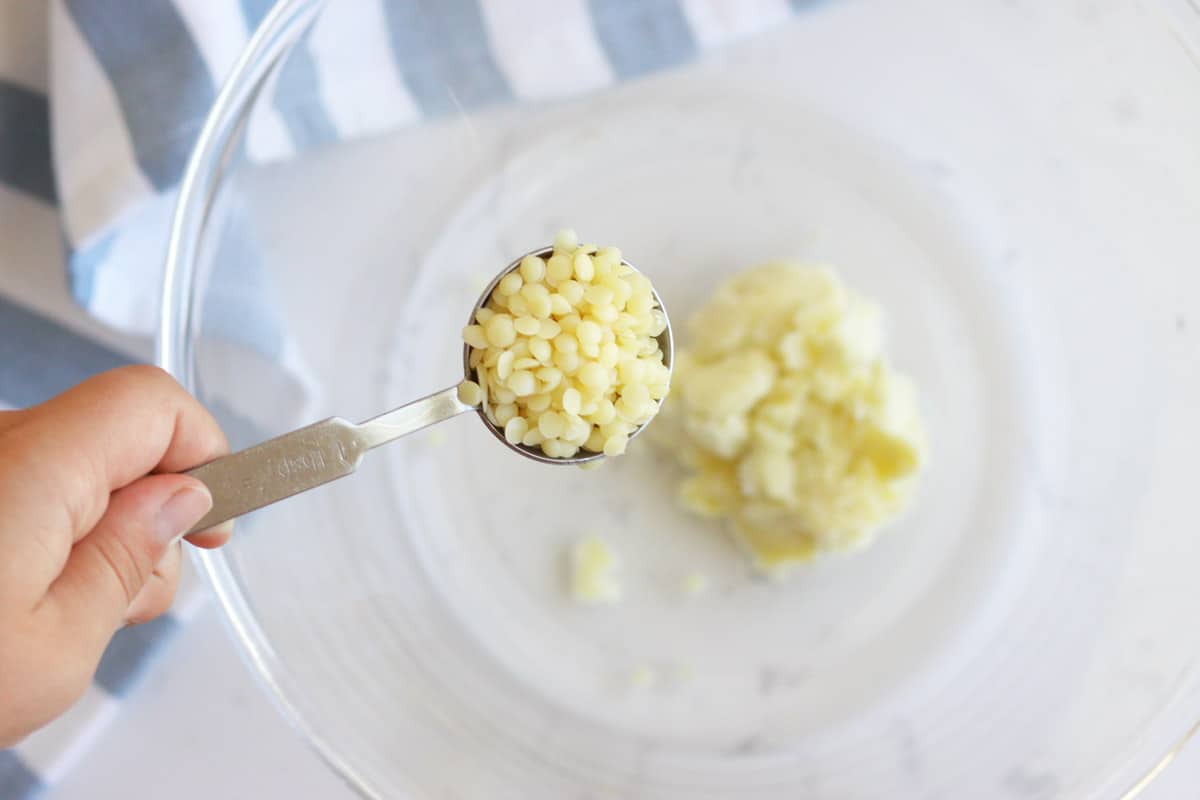Some days—or even weeks—can feel overwhelmingly hectic, leaving you craving a moment to unwind. While reading a novel or meditating can offer some relief, there are times when only a little extra pampering will do. To clear your mind and restore balance, a full-on spa day might be just what you need. The best part? You can create this soothing experience right at home. Here are the must-have essentials for the ultimate at-home spa day, ensuring the most relaxing “me time” possible.
BATH BOMBS

Transform your bath into a luxurious retreat with bath bombs. These fizzing delights contain citric acid for gentle exfoliation and nourishing oils to hydrate your skin. Choose calming scents like lavender or chamomile for relaxation, or opt for lemongrass to lift your spirits.
EPSOM SALTS
If fizz isn’t your thing, consider Epsom salts. Known for soothing sore muscles and softening skin, these salts can be enhanced with essential oils like lavender or eucalyptus. Add them to warm water and soak for up to 20 minutes for a rejuvenating experience.
BODY SCRUB

Body scrubs are essential for sloughing off dead skin and revealing a healthy glow. Available in delightful scents like rose and coconut, they can be easily incorporated into your routine. Apply in circular motions on damp skin, rinse, and follow up with lotion.
DRY BRUSH
Dry brushing is a simple way to exfoliate and invigorate your skin. Use a stiff-bristled brush on dry skin before your shower to eliminate flakes and promote circulation. It’s a quick and effective way to unwind.
FACE CLEANSERS

A good skincare routine begins with a gentle face cleanser. Choose one suited for your skin type and use it to refresh your face in the morning. Follow with oils and moisturizers for a complete routine.
FACE MASKS
Pamper yourself with a face mask while you relax. Whether you prefer sheet masks or creamy formulas, they can hydrate and rejuvenate your skin, giving you a spa-like glow at home.
EYE MASKS

Target puffiness and dark circles with cooling eye masks. Store them in the fridge for an extra refreshing touch. They’re perfect for use after a shower or as part of your morning routine.
HAIR MASKS
Don’t forget your hair! Hair masks hydrate your scalp and help reduce dry ends. Apply a small amount, wrap your hair in a hot towel, and let it sit for 10 to 30 minutes for best results.
PIMPLE PATCHES

Combat stress-related breakouts with pimple patches. Apply them to emerging blemishes before bed, and wake up to calmer skin.
HYDRATING MOISTURIZER
Finish off your spa day with a hydrating moisturizer. It nourishes your skin, fights acne, and can diminish the appearance of aging. Use it morning and night for a dewy look.
SHEA BUTTER

Use shea butter for its soothing properties. A small amount can be applied to dry areas after your shower for extra hydration.
FACIAL ROLLER
Elevate your skincare routine with a facial roller. These cool stones help reduce puffiness and enhance relaxation. Keep it in the fridge for an invigorating treatment.
TOWEL WARMER

Enjoy the luxury of heated towels after your shower. A towel warmer adds a touch of elegance to your at-home spa experience.
COMFY ROBE AND FUZZY SLIPPERS
Stay cozy with a plush robe and fuzzy slippers. They keep the spa vibe alive long after your bath, allowing your skin to absorb hydrating products.
FOOT SPA

Indulge your feet with a foot spa. Compact and convenient, it’s perfect for a relaxing soak without leaving home.
DEEP TISSUE MASSAGER
Relieve sore muscles with a deep tissue massager. These devices offer adjustable speeds for a customizable massage, perfect for unwinding after a long day.
A GOOD BOOK

Reading can be a wonderful way to relax. Settle in with a good book after your bath to enhance your sense of calm.
FAVORITE MOVIE OR STREAMING PLATFORM
Watching a movie or show can be an enjoyable way to relax. Pair it with skincare treatments for a cozy night in.
HOT TEA

Sip on soothing hot tea as part of your spa day. It can enhance relaxation and improve your mood, making it the perfect companion for your bath.
CANDLES WITH WOODEN WICKS
Create a calming atmosphere with candles featuring wooden wicks. They crackle like a fireplace, adding a cozy ambiance to your spa experience.








